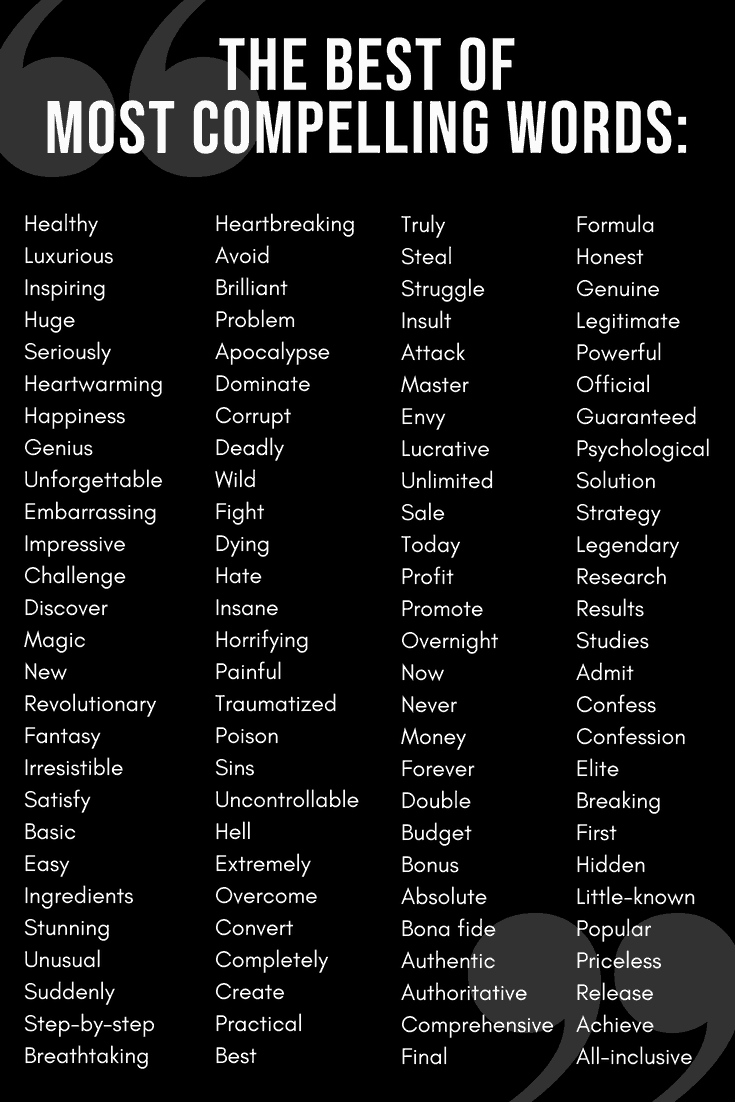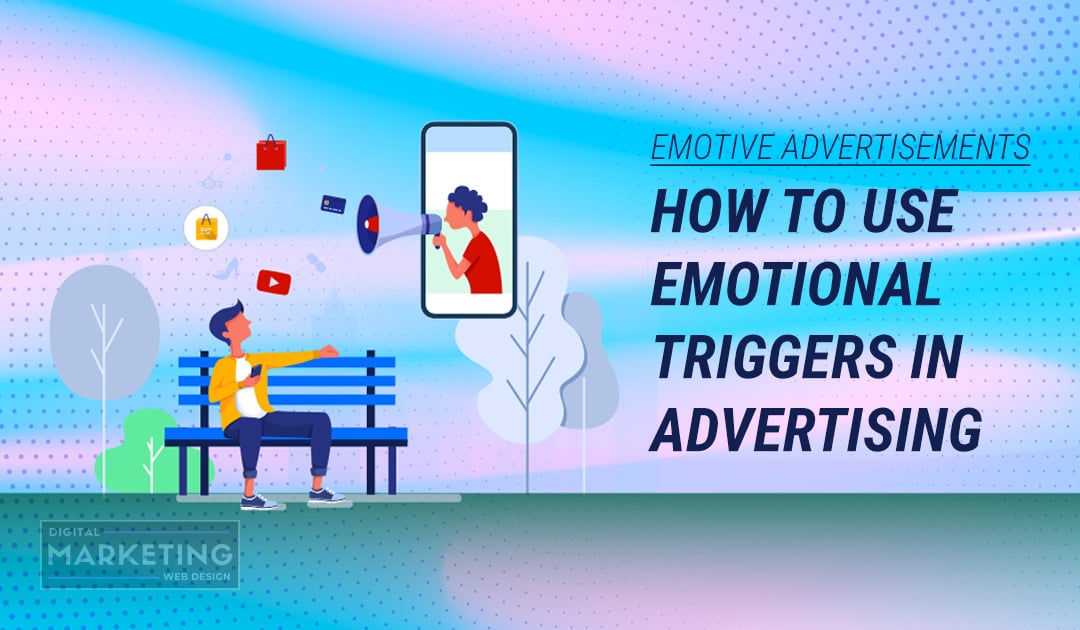The human brain is complex. Emotions drive actions and actions drive results. With the right choice of words, you can dramatically impact the performance of an ad. Influence consumer decisions by using emotional content to breakdown resistance. One’s own personal memories can be altered by word selection, especially when you are able to conjure up a more vivid mental image.
Human emotions are based on experiencing 4 basic emotions: happiness, sadness, frightened/surprised, offended/disgusted.
- Happiness – Positivity, smiling, laughing, the idea of spreading the love by seeing happy customers interact with a brand
- Emotional content is shared more often – and positive emotional content was shared more than negative emotional content.
- Sadness – Inspirational, moving topics, highlight pain point large or small
- Draw attention to pain as the primary driver and offer a resolution with your product or service.
- Frightened/surprised – Emphasis on the preventable, surprise can resonate in a positive form, fear-inducing or controversial imagery, negative images get more of a reaction when there is an element of surprise
- Fear induces a sense of urgency prompting the user to take action.
- Offended/disgusted – Powerful for changing one’s perspective, famous insults are often used to grab attention
- This is a risky approach but powerful enough to make them reconsider their position and bring up important questions.
Table of Contents
Using Psychology to Influence Customers Decisions
Humans are naturally selfish. Always focused on “What is in it for me?”, how do “I” feel, what do “I” need and what do “I” want. Make ads focus solely on “you” – the human reading the ad, to inflate their ego. Yes, we are all unique individuals but in many instances our brains are prone to react in a similar manner. Plant an emotional thought or speak to the aspirations of users to move them. This tactic will leave a lasting impression.
Emotional triggers + Personalized Content
Every industry uses similar phrases, clichés and terminology to explain the product and to describe the processes involved. Elevate an ad by using emotional triggers. The objective of writing emotional adverts is to capture the attention of prospective customers and resonate with their loves, hates, desires and needs. Sell results not the process. The weight loss industry can be sum up this idea with “before and after pictures”.

Loss aversion is the psychological term used to express the fear of missing out, or FOMO. Appeal to this feeling by inserting a sense of urgency and time-sensitivity. This is possibly the oldest trick in the book and it’s undoubtedly effective.
The bizarreness effect is a real scientific method that proves that people do not remember common material, but they do however tend to remember the unusual material. Invest time in coming up with emotional points that will provoke powerful emotions in the users mind.

People tend to remember the first and last when given information, the serial position effect proves this. The headline is the main component of the ad. It is the first chance to be seen by the searcher. It is important to have some sort of call-to-action or enticing offer at the end to encourage further action.
The 5 Most Persuasive English Words:
- You
- New
- Instantly
- Free
- Because
Here is a list of the best emotional trigger words to penetrate the minds of searchers and compel them to take action.

The Power of Words: Neuromarketing
Just one word can make the difference and change the entire mood, meaning and motivation. Use emotional triggers in adverts to gain a linguistic edge. People neurologically react to words and language.
[/et_pb_aio_extended]


